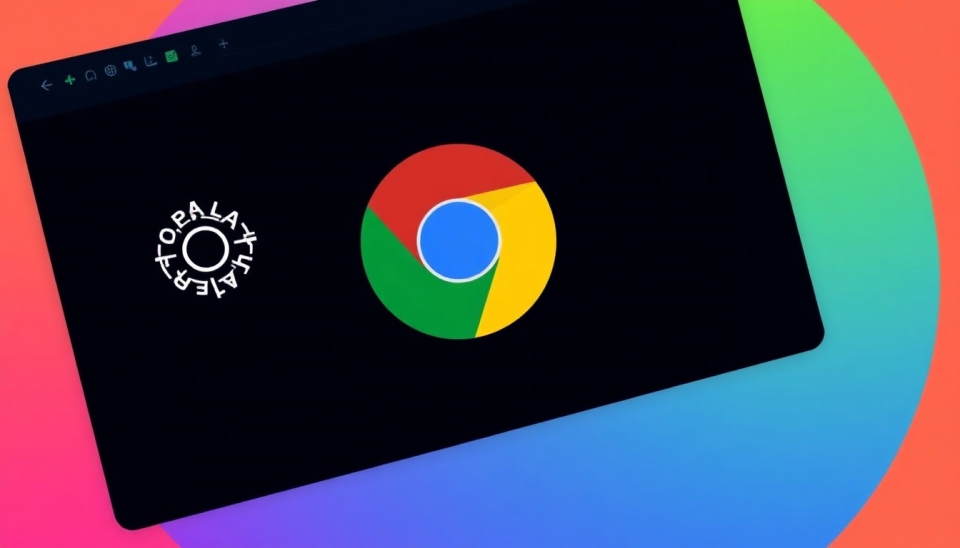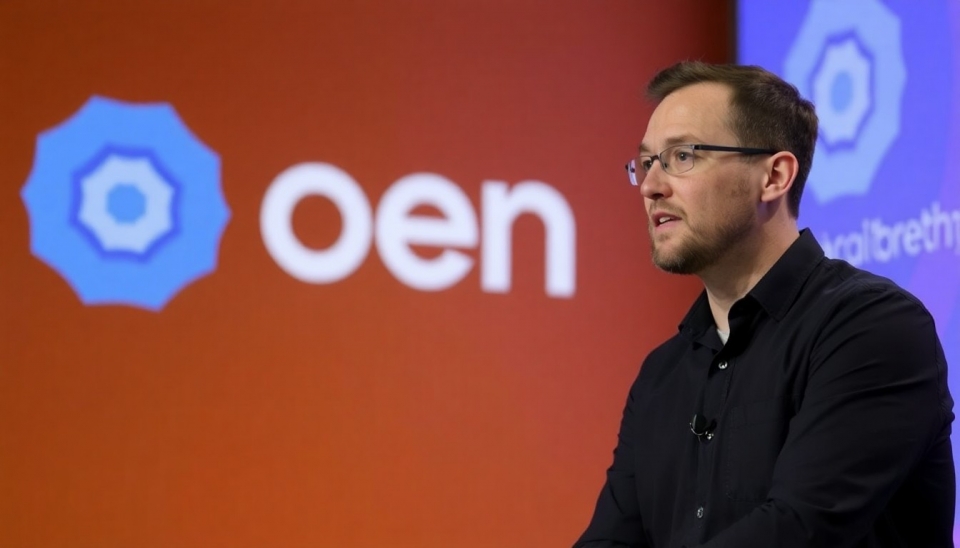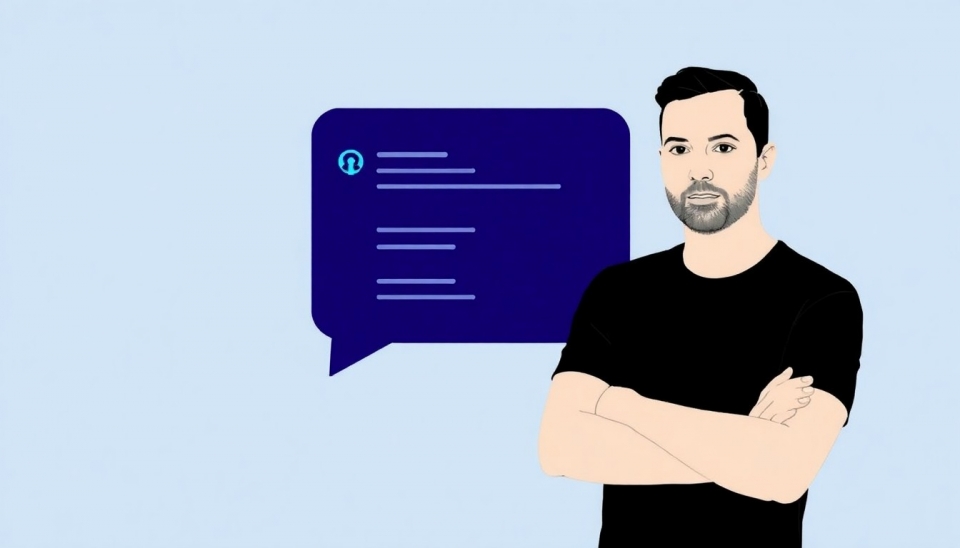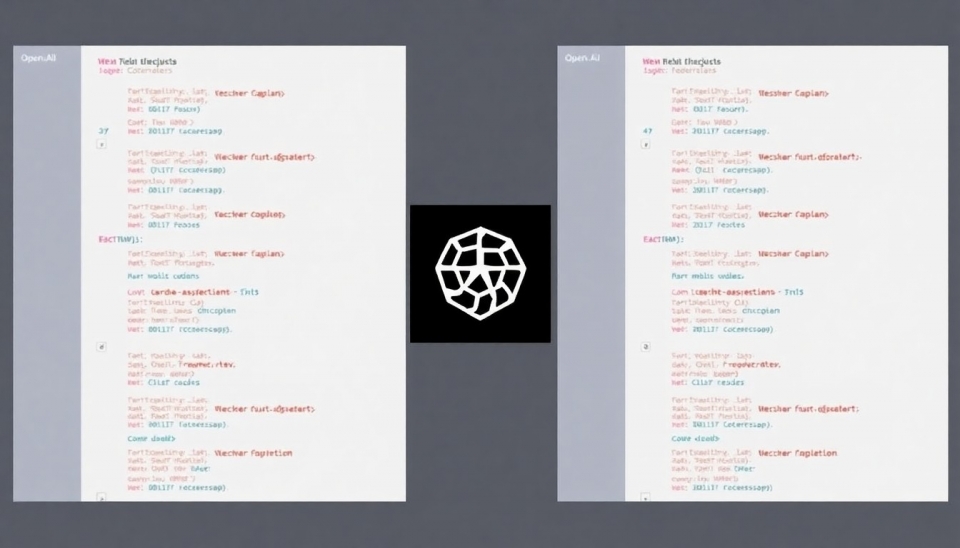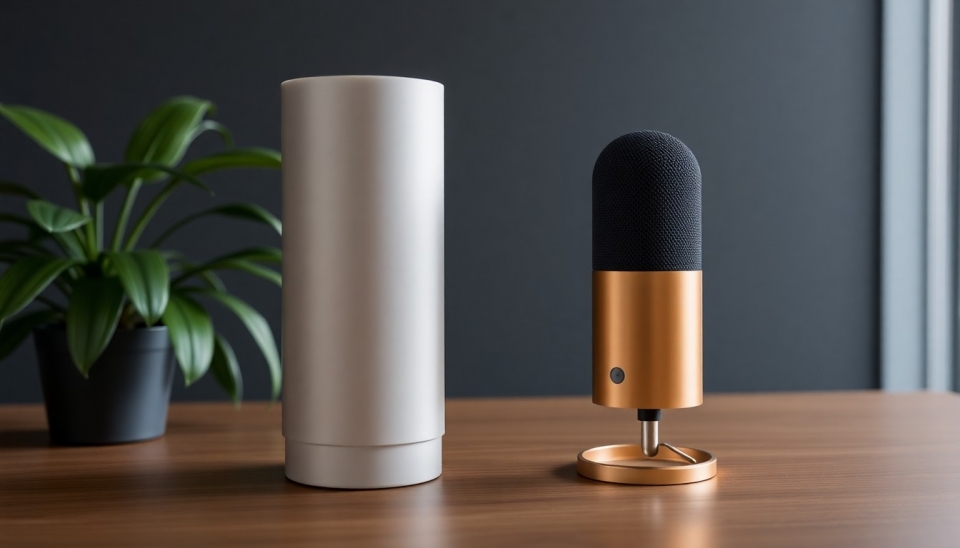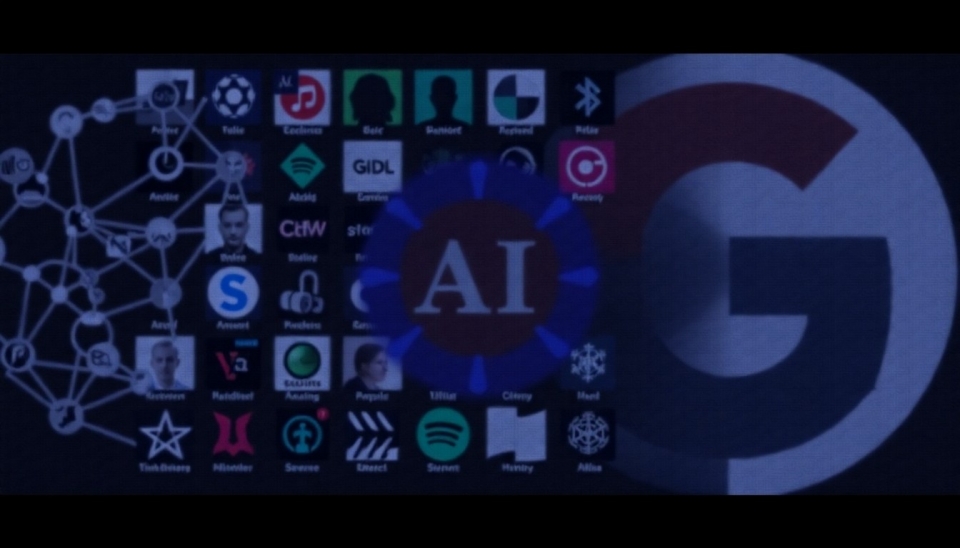
In a rapidly evolving landscape of artificial intelligence, OpenAI and Google have unleashed an array of models that, while intrinsically powerful, may create more confusion than clarity for consumers. As both tech giants strive to stake their claims in the AI marketplace, they’ve introduced a selection of products that vary greatly in complexity and functionality, leaving potential users bewildered about which model best suits their needs.
OpenAI has rolled out its latest suite of AI offerings, prominently featuring its upgraded ChatGPT models. This lineup includes different tiers of service, each designed to cater to a diverse audience. The latest iteration of ChatGPT claims enhanced conversational abilities, integrating even deeper contextual understanding and more refined responses. However, users are struggling to discern the differences between subscription tiers, leading to questions about accessibility and usability. The variations in pricing and features have muddied the waters, creating an overarching sense of uncertainty around which model may be the best investment for individual or business needs.
In parallel, Google has positioned its AI tool, Gemini, vying for comparable market attention. With its introduction, Google aimed to showcase its advanced capabilities in natural language processing and machine learning. Gemini’s features include fascinating capabilities such as generating text, answering questions, and providing data-driven insights across numerous fields. Yet, much like OpenAI, Google faces challenges in conveying a straightforward understanding of which features are available at different tiers and how those features can effectively meet users’ demands.
The overlap in functionalities between OpenAI’s ChatGPT and Google’s Gemini fuels the confusion further, prompting consumers to ask vital questions: What distinguishes these offerings beyond their respective branding? How do they differ in execution and performance? And crucially, which one should they choose in the saturated market of artificial intelligence tools?
Industry experts have begun to weigh in on the implications of this complexity. Some argue that the vast array of options could actually be harming user experience, as potential customers may shy away from experimenting with AI tools altogether due to fear of making an uninformed decision. They suggest that clearer guidance and more intuitive user interfaces would benefit both companies in bridging the gap between potential users and the advanced technology available.
For businesses trying to navigate this chaotic terrain, both OpenAI and Google must streamline their offerings, presenting a cleaner, more comprehensible framework for consumers. As the dialogue surrounding AI continues to expand, clarity and accessibility will be paramount if these technologies are to be adopted widely.
As the competition heats up, both tech giants need to focus not just on their technological advancements but on how they communicate these innovations to everyday users. The future of AI accessibility may very well depend on their ability to simplify the user experience amidst a flooded market of sophisticated options.
In conclusion, while OpenAI and Google have made significant strides in AI development, the complexities of their respective offerings serve as a reminder of the need for clarity and consumer-focused strategies. The marketplace requires not only powerful models but also effective communication that empowers users to make informed choices in a crucial era of digital transformation.
#OpenAI #Google #AIModels #TechNews #ConsumerTech #ArtificialIntelligence #ChatGPT #Gemini
Author: Emily Collins
